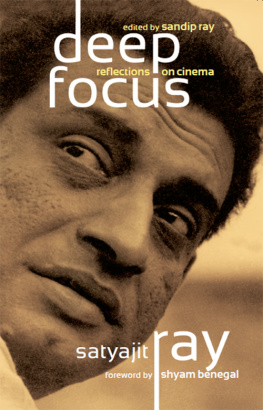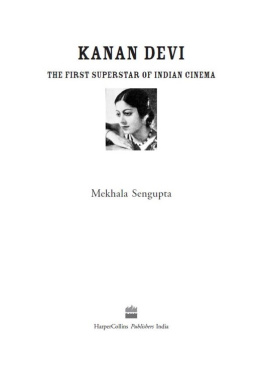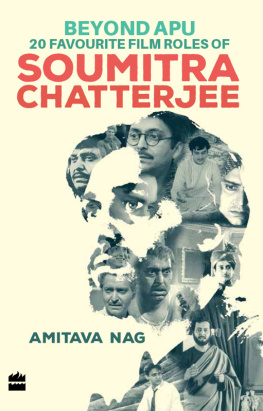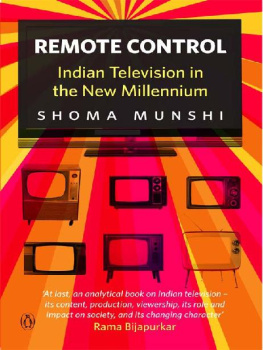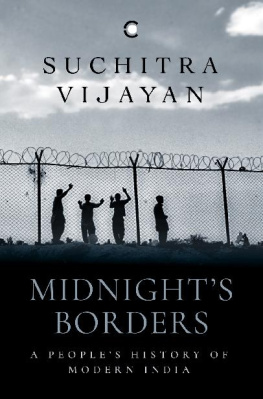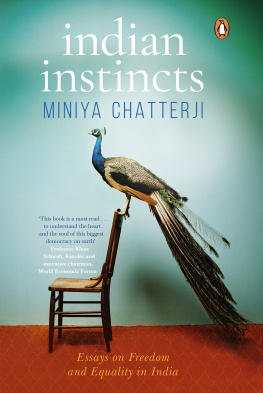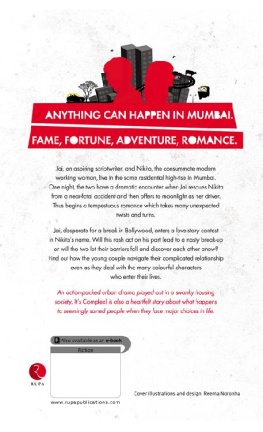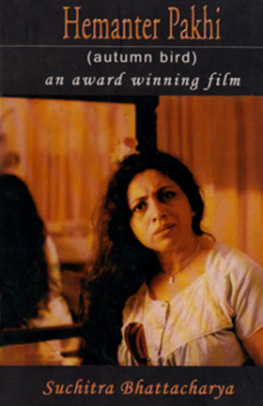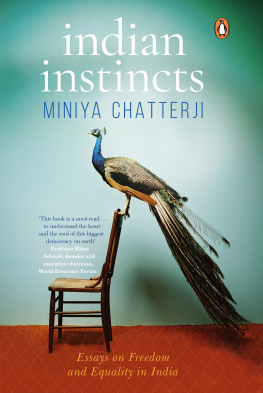Table of Contents
- 2 UTTAM KUMAR AND SUCHITRA SEN:
A MAGICAL SCREEN CHEMISTRY
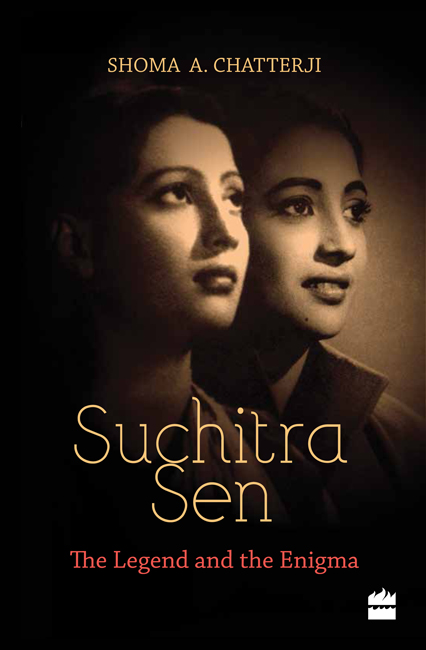
SUCHITRA SEN
The Legend and the Enigma
SHOMA A. CHATTERJI

HarperCollins Publishers India
To my late mother, Sumita Gangopadhyay, who had her first book of poems published when she was forty-eight and already a grandmother, for triggering in me the spirit of creation and competition
And
To my late father, Ashok Kumar Gangopadhyay, who introduced me to the world of cinema by taking me for Sunday morning shows every week when I was barely four to watch Mickey Mouse and Donald Duck cartoons on the wide screen followed by the silent movies of Charlie Chaplin
CONTENTS

2 UTTAM KUMAR AND SUCHITRA SEN:
A MAGICAL SCREEN CHEMISTRY

BIOGRAPHY OR ANALYSIS?
Is it possible to write the life story of a person the writer has never met in flesh-and-blood, and spoken to over the telephone only twice? How honest is it to indulge in this second-hand biography? Is a biography a chronological sequence of events described with elaborate ornamentation based on research, hearsay, books and magazines? Or does it delve deeper into the psycho-socio-professional analysis of the person being written about? Arguments such as these are rendered null and void when one is writing a book on an enigmatic screen persona like Suchitra Sen.
This book emerges from the writers passion for cinema in general, and the star-persona of a legendary actress in particular. Also, though there are many books in Bengali on this iconic actress, there is almost no comparable study in English for a larger reading audience that might be interested in knowing and learning more about this star-actress. The attempt is to present and portray Suchitra Sen from the standpoint of an avid viewer of films, a film critic and an author. As a critic experienced in analysing various features and parameters that relate to feminist-film criticism relevant to Indian cinema, the challenge is to find out whether the film portrayals of Suchitra Sen, with and without the solid support of Uttam Kumar, lend themselves into a deconstructionist, feminist reading. Or whether they are an exploration into one of the most successful and celebrated stars in the history of Bengali cinema. But this will form only a part of this study.
The study has tried to explore how, in a majority of her films, she played the perfect foil to the hero and his romantic interest, which is one of the reasons for her charismatic appeal for viewers of either sex, all ages and from across borders of social and financial status. There are some films where one can read between the lines to find out if there were any discrepancies in films that could offer a feminist reading that would reflect not only on Sens versatility but also her screen image. This necessitated the urge to read some films against the grain, so to say, which revealed some interesting results. In other words, from a different perspective, films featuring Suchitra Sen, with or without Uttam Kumar, read in retrospect, reveal quite often that the character(s) given to her is (are) mainly traced back to her beauty and her screen charisma. But beneath that surface of beauty, grace and femininity, those characters were no less significant within the script and the film than that of the hero, be it Uttam Kumar or any other actor.
These questions do not arise when one is writing a biography of a historical persona like Adolf Hitler or Mahatma Gandhi, or a painter like Picasso, or a poet like Sunil Gangopadhyay because they lived a single life spanning several dimensions minus an illusory and parallel presence created on screen. Besides, sometimes, an author trying to write about the life and works of a legendary actress who remained in the news much after she became a social and professional recluse could fall prey to what might be termed celebrity voyeurism. This needs to be avoided, and is difficult in the case of a matinee idol like Suchitra Sen, whose self-willed social seclusion, which began in 1978 and continued till her demise in January 2014, led to much conjecture about its hows and whys.
A detailed work on her life and films could almost naturally become embedded with what might be termed celebrity voyeurism though there is no design, covert or overt, on the part of the writer to make the work an example of the same. It is the reading of the text that might be interpreted so. In order to steer clear of this debate, the author has not probed into the minute details of her personal life that remained as private and intimate as Mrs Sen could have possibly kept it. This is also because the subjects self-willed privacy needs to be treated with the respect and dignity it deserves.
THE DUALITY OF EXISTENCE
When one is trying to explore the life of a phenomenal screen persona and icon, one is constantly attacked by questions triggered because of that very persona. Is one writing about the persona one has been used to watching on screenshedding tears when sad, laughing when happy, subtly romantic when in love and angry when betrayed? Or is one writing about the real flesh-and-blood person hiding behind the screen and the camera-captured image of a woman who was born, grew up, got married, appeared in films, became a mother and grandmother, and then passed away? Who is this woman behind the tears and the laughter, the make-up and the flowers in her hair, and the costume? Who remains hidden behind the character she is portraying on screen, emoting responses as diverse as laughter and tears? How does one break through these layers of the screen image built slowly and steadily, brick by brick, if one has never had the opportunity of seeing the real woman behind that image?
Suchitra Sens story is one of a long series of impersonations created first for the screen, and then for the audience. It is a dual life, one lived off screen and the other on screen. If she was Roma at home to her daughter Moonmoon, whom she brought up almost single-handedly, she became Radha on screen, in Deep Jele Jai, playing the dedicated nurse brainwashed to masquerade as a lover to cure a patient. If she was the wife of her husband at home, as if by the touch of an invisible magic wand held by a director who knew his job, she turned into Roma, the doctor, who, in Harano Sur (1957), falls in love and impulsively marries her amnesiac patient who forgets that she exists when he regains his original memory.
Sen lived a high-profile life of glamour, within the flashbulbs of photographers, defined by the headlines of the print media, put up on huge hoardings at every street corner and featured in gossip columns of every imaginable glossy magazine. She was chased by the paparazzi even after she disappeared from public space. No one is quite sure about where the screen persona ends and the real person begins because the blurring between the screen image and the real woman is so overlapping and vague that at times the two appear to merge into one and then suddenly move in different directions just when you feel you have enough grip on both personalities to create a cohesive whole.
In an article, Maarten Reesink raises questions on what makes some people so attractive for mass audiences. Two arguments are forwarded. The first is the concept of authenticity. A star has to convince the audience, in one way or another, of being real, to show something interesting that is inherently his or her own in the public appearances. In other words, there are two sides that need to be balanced delicately. One is Suchitra Sen, the star as the


